Library
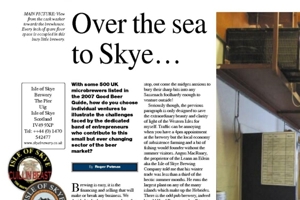 CIBD Membership Required
CIBD Membership Required
Over the sea to Skye…
By: Roger Putman
01/03/2007
With some 500 UK microbrewers listed in the 2007 Good Beer Guide, how do you choose individual ventures to illustrate the challenges faced by the dedicated band of entrepreneurs who contribute to this small but ever changing sector of the beer market?
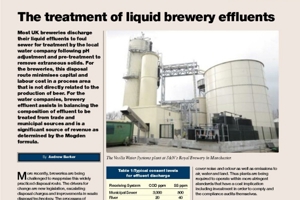 CIBD Membership Required
CIBD Membership Required
The treatment of liquid brewery effluents
By: Andrew Barker
01/03/2007
Most UK breweries discharge their liquid effluents to foul sewer for treatment by the local water company following pH adjustment and pre-treatment to remove extraneous solids. For the breweries, this disposal route minimises capital and labour cost in a process area that is not directly related to the production of beer. For the water companies, brewery effluent assists in balancing the composition of effluent to be treated from trade and municipal sources and is a significant source of revenue as determined by the Mogden formula.
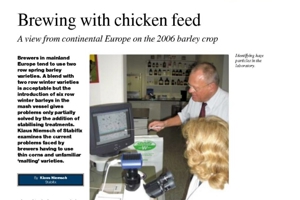 CIBD Membership Required
CIBD Membership Required
Brewing with chicken feed
By: Klaus Niemsch
01/03/2007
Brewers in mainland Europe tend to use two row spring barley varieties. A blend with two row winter varieties is acceptable but the introduction of six row winter barleys in the mash vessel gives problems only partially solved by the addition of stabilising treatments. Klaus Niemsch of Stabifix examines the current problems faced by brewers having to use thin corns and unfamiliar ‘malting’ varieties.
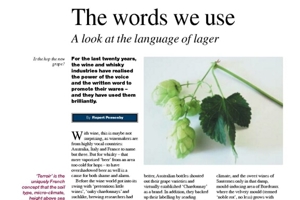 CIBD Membership Required
CIBD Membership Required
The words we use
By: Rupert Ponsonby
01/03/2007
For the last twenty years, the wine and whisky industries have realised the power of the voice and the written word to promote their wares – and they have used them brilliantly.
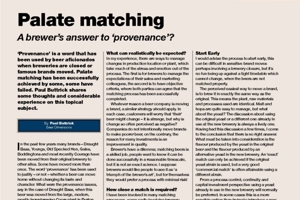 CIBD Membership Required
CIBD Membership Required
Palate matching
By: Paul Buttrick
01/03/2007
‘Provenance’ is a word that has been used by beer aficionados when breweries are closed or famous brands moved. Palate matching has been successfully achieved by some, some have failed. Paul Buttrick shares some thoughts and considerable experience on this topical subject.
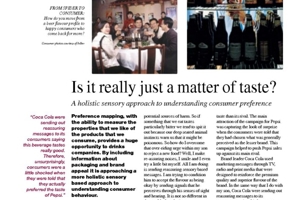 CIBD Membership Required
CIBD Membership Required
A holistic sensory approach to understanding consumer preference
By: Dan Cooper
01/03/2007
Preference mapping, with the ability to measure the properties that we like of the products that we consume, provides a huge opportunity to drinks companies. By including information about packaging and brand appeal it is approaching a more holistic sensory based approach to understanding consumer behaviour.
Some of the content requires an active membership to view.
You can find out more here
Some of the content requires an active membership to view.
You can find out more here
